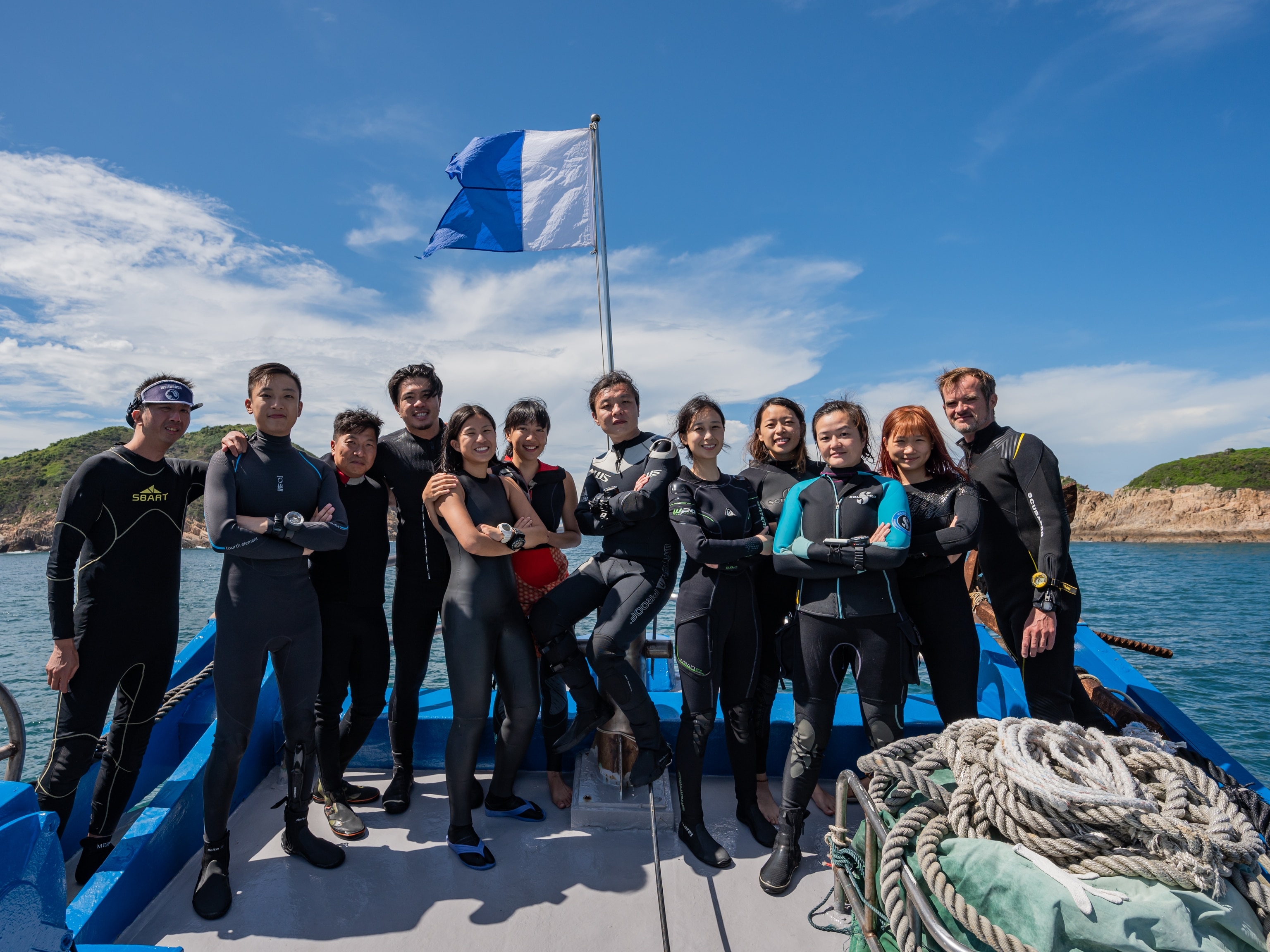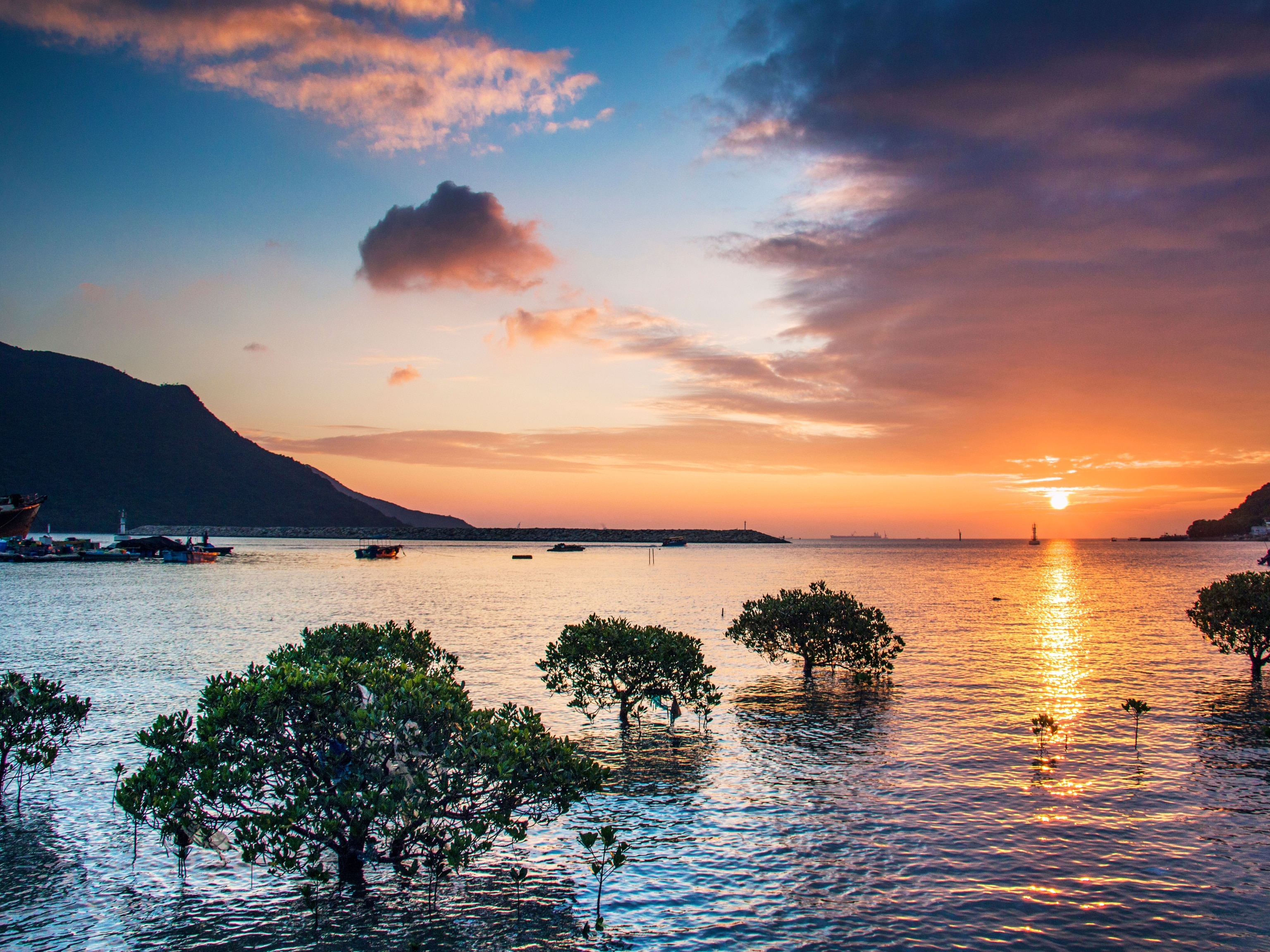
How Hong Kong protects its sea sanctuaries
Marine protected areas help preserve Hong Kong’s rich biodiversity, but action is urgently needed to meet international standards to safeguard them.
Home to almost 6,000 species, the waters of Hong Kong boast a bountiful biodiversity that instantly contradicts stereotypical notions of the city as just a concrete jungle. Indeed, this number is even more impressive considering that it represents over 25% of China’s marine biodiversity in a territory that accounts for less than 0.03% of the country’s coastline.
A crucial component for the preservation of this richly diverse ecosystem are marine protected areas (MPAs). These are specially designated zones where human activities such as boat traffic, tourism and fishing are regulated or prohibited to varying degrees, allowing habitats the chance to recover and animal and plant populations to replenish and thrive.
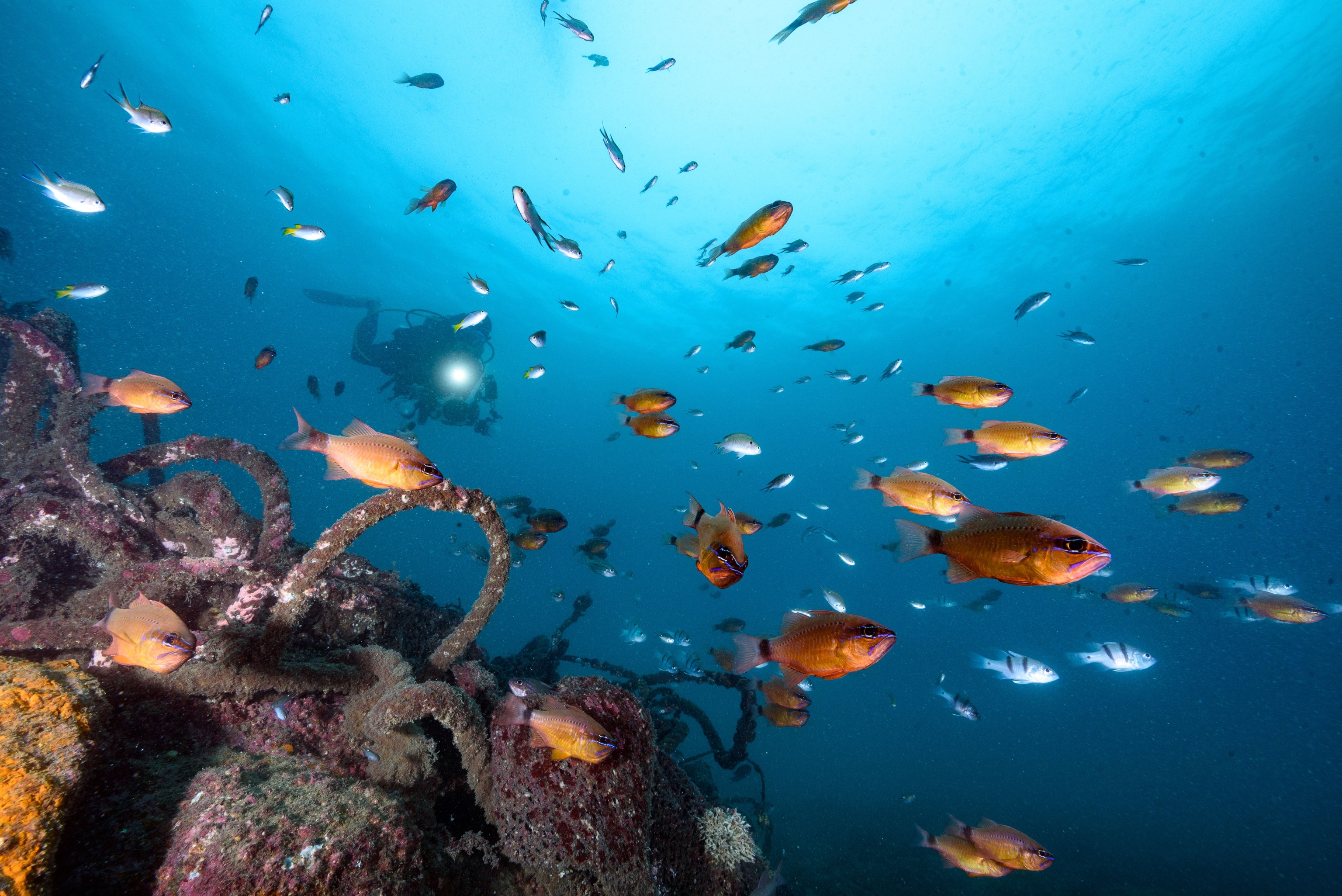
Currently, Hong Kong has seven MPAs, six of which are moderately protected marine parks, the other being a fully protected marine reserve. In total, these comprise approximately 40.5km2, or less than 3%, of Hong Kong’s waters. And, while plans are in place to increase that figure to 5% by 2023, it still leaves the territory lagging way behind international standards, where 30% is the benchmark.
Moreover, though fishing is illegal in Hong Kong’s sole marine reserve, and recent legislation will prohibit commercial fishing in all but two of the marine parks by April 2022, there are question marks over whether these measures go far enough to safeguard Hong Kong’s biodiversity, as well as how strictly they are being enforced.
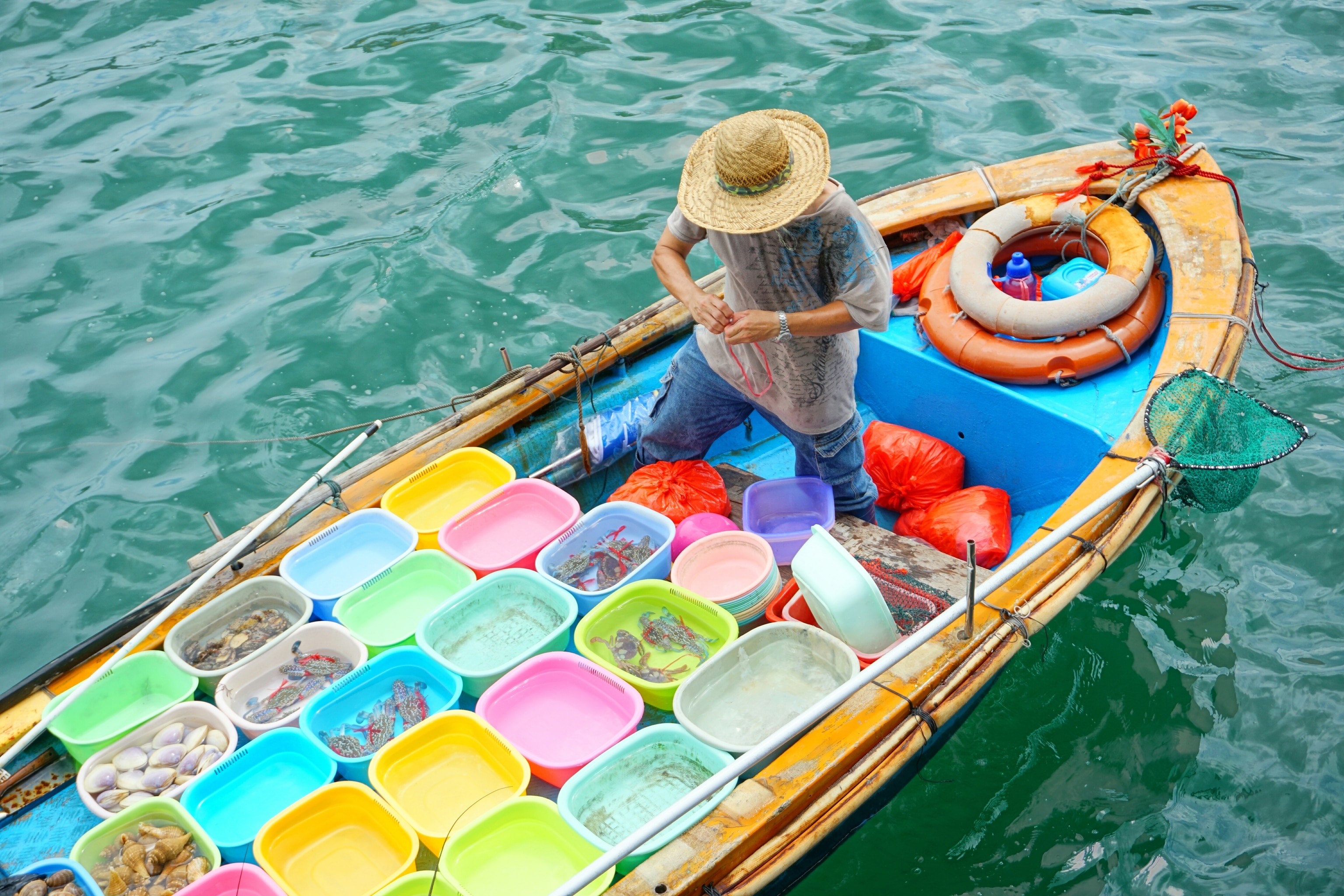
The Need for Protection
Dr Laurence McCook, Head of Oceans Conservation at WWF Hong Kong, describes MPAs as “absolutely vital” to marine conservation, and says the planning and management of MPAs is something that Hong Kong needs to improve. One of the key priorities, and one of WWF Hong Kong’s main focuses, is “the restoration of some types of habitat and ecosystems” after decades of overfishing and other damaging human activities. He also recommends a target of 30% of the HKSAR’s waters to be designated as MPAs by 2030, in line with global recommendations, and stresses the importance of ongoing monitoring and active policing, noting that, “The anecdotal evidence is that there’s a lot of illegal fishing at night in many areas.”
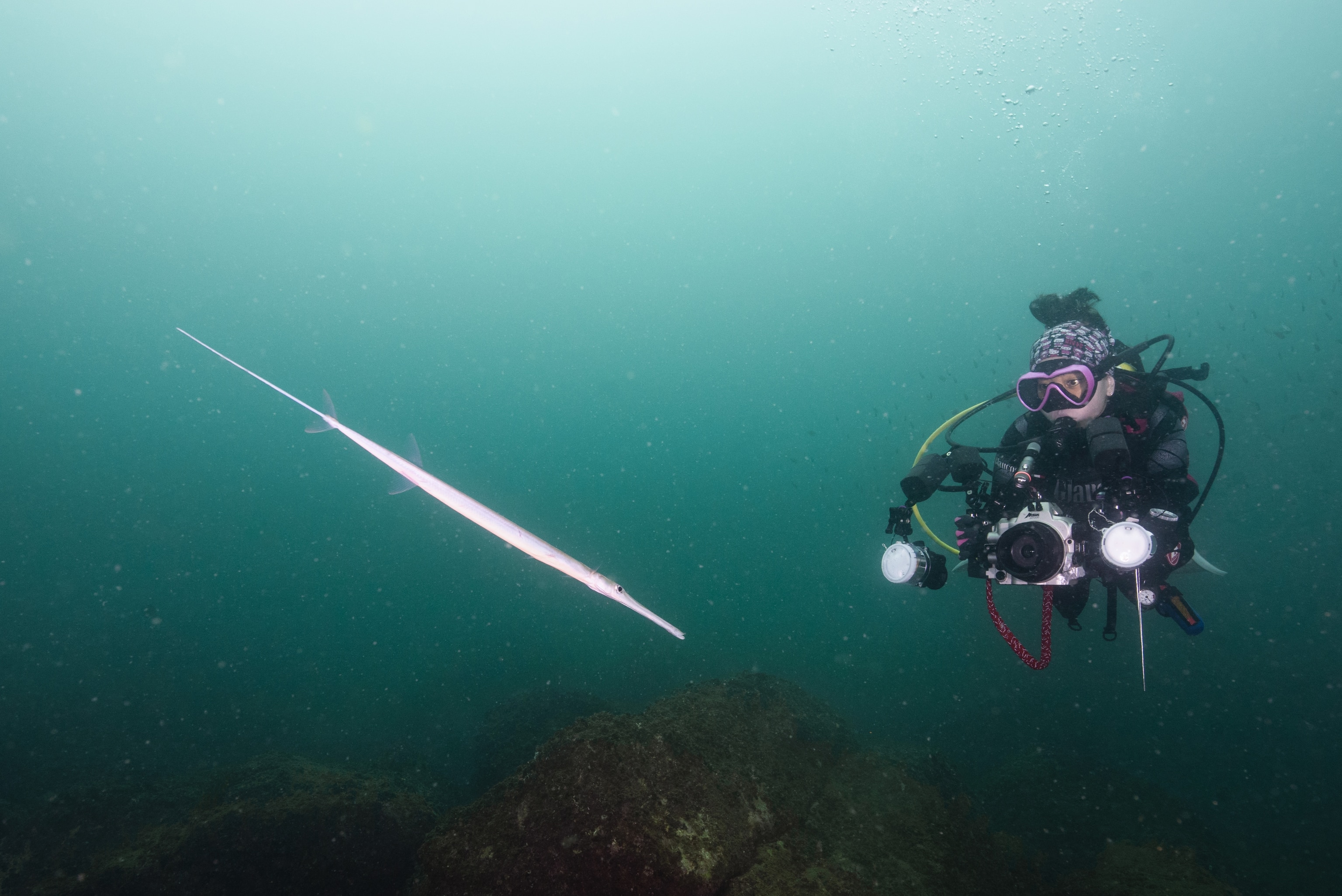
In addition to overfishing, other human activities such as coastal development, pollution and marine traffic also pose significant threats to Hong Kong’s marine ecosystem, and in particular the corals that can be found in several MPAs. “Corals are vulnerable to chemical pollutants, whether it’s nutrient or sediment pollution, or the more toxic forms of industrial waste,” says Dr McCook. “And they’re also just very physically vulnerable—if a boat or an anchor strikes a coral, you probably lose ten to a hundred years’ worth of growth—so they need really strong protection.” Since corals provide a home for many other species, the knock-on effect of coral loss is that those species will disappear along with their habitat.
Expanding MPAs is also an effective way to protect larger species found in Hong Kong waters, such as Chinese white dolphins and finless porpoises, says Taison Chang, Chairman of the Hong Kong Dolphin Conservation Society. Highlighting that high-speed ferry traffic poses a particular danger to these marine mammals, Chang recommends that “the Hong Kong government should speed up their process of establishing marine protected areas. Setting up a large, representative and connected marine park for these species could be the last resort to conserve them in Hong Kong waters.”
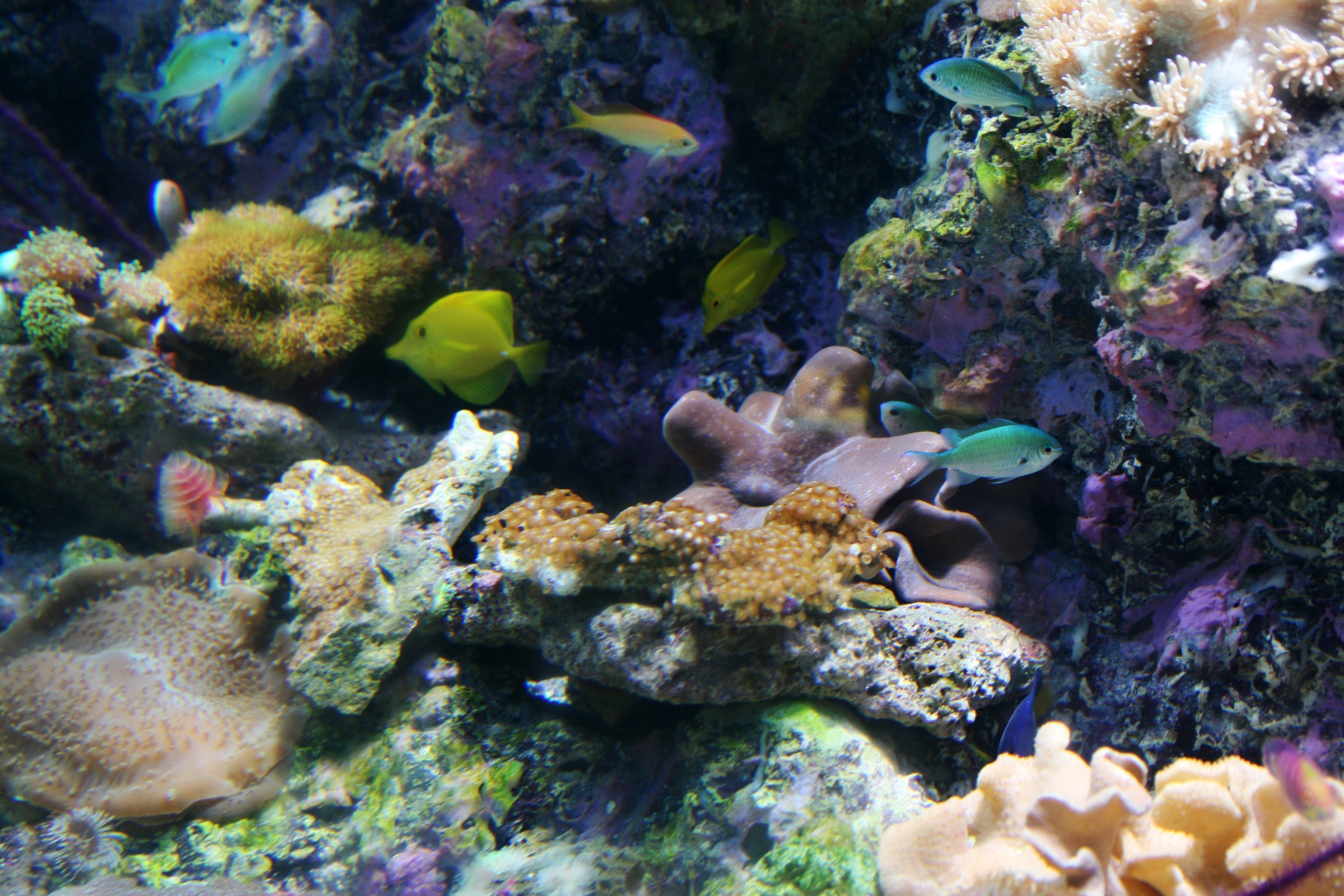

Pathways to Improvement
As a National Geographic Explorer and Marine Programme Director at oceanic-conservation NGO Bloom Association Hong Kong, Stan Shea has a deeper appreciation than most of the vital role that MPAs play. In addition to government action, he believes that the key to expanding and improving MPAs lies in educating people about their true value. “We can’t ask people to care about what they don’t know about. I would hope that through becoming educated, each person can begin to see for themselves why it is important to conserve our marine environment, and rebuild that sense of connection between our oceans and our culture, history and identity,” he says.
Shea also notes that, with the pandemic pushing people to develop new habits and lifestyles, Hong Kong should take advantage of this unique period of transformation to effect positive change. “With travel bans, locals are coming to appreciate nature and our country parks, which take up 40% of Hong Kong’s land area. Perhaps this is also an opportunity for us to promote the importance of well-managed marine protected areas as a way of preserving our waters.”
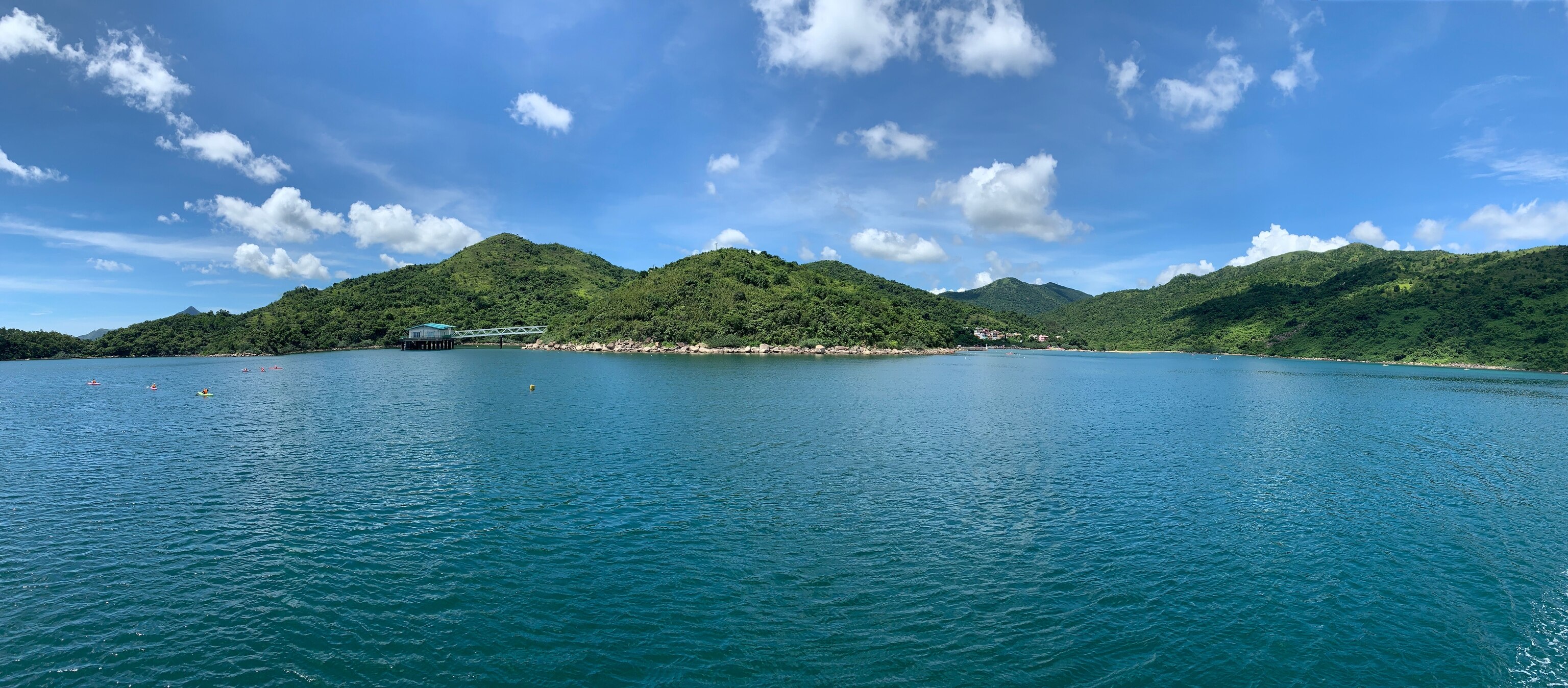
McCook agrees, noting that Hong Kong has an excellent record when it comes to the designation and management of country parks, but that, “Looking after the undersea environment has not been a priority for Hong Kong governments either before or after reunification.” He also points out that, while the city excels as a center of finance and business ventures, “people have failed to understand the deep connection between those endeavors and nature.”
It follows, therefore, that a strong focus on research and education is necessary to maximize the likelihood that attempts to expand and improve Hong Kong’s MPAs will be successful. Says Shea: “Understanding barriers to progress and conducting research to gain knowledge on the best ways forward, such as identifying sites that should be prioritized for establishing new marine protected areas, are examples of where more effort might be needed. Resources can also be put into monitoring the effectiveness of existing marine protected areas.”
Shea also highlights that ordinary people can do their bit to push for expansion of the territory’s MPAs. “Simply expressing support would make a difference—creating noise and letting others know that, as Hongkongers, we do care and we do want to see our marine environment and resources protected,” he says, adding: “I have confidence that Hong Kong will continue to work and make progress towards a more sustainable future and put more and more of our oceans under protection.”
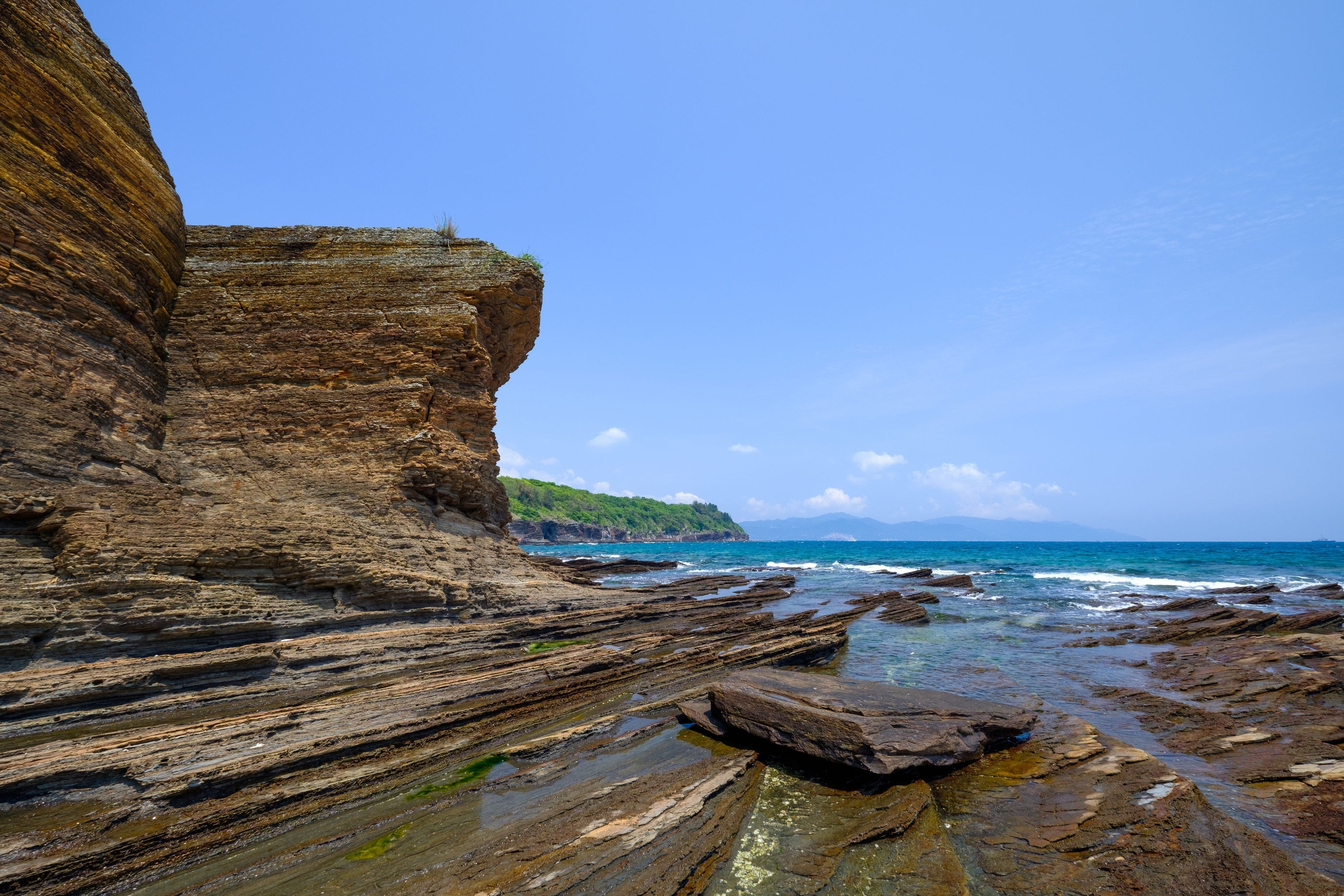
Find out how to preserve Hong Kong’s marine biodiversity at Oceans Tomorrow.

